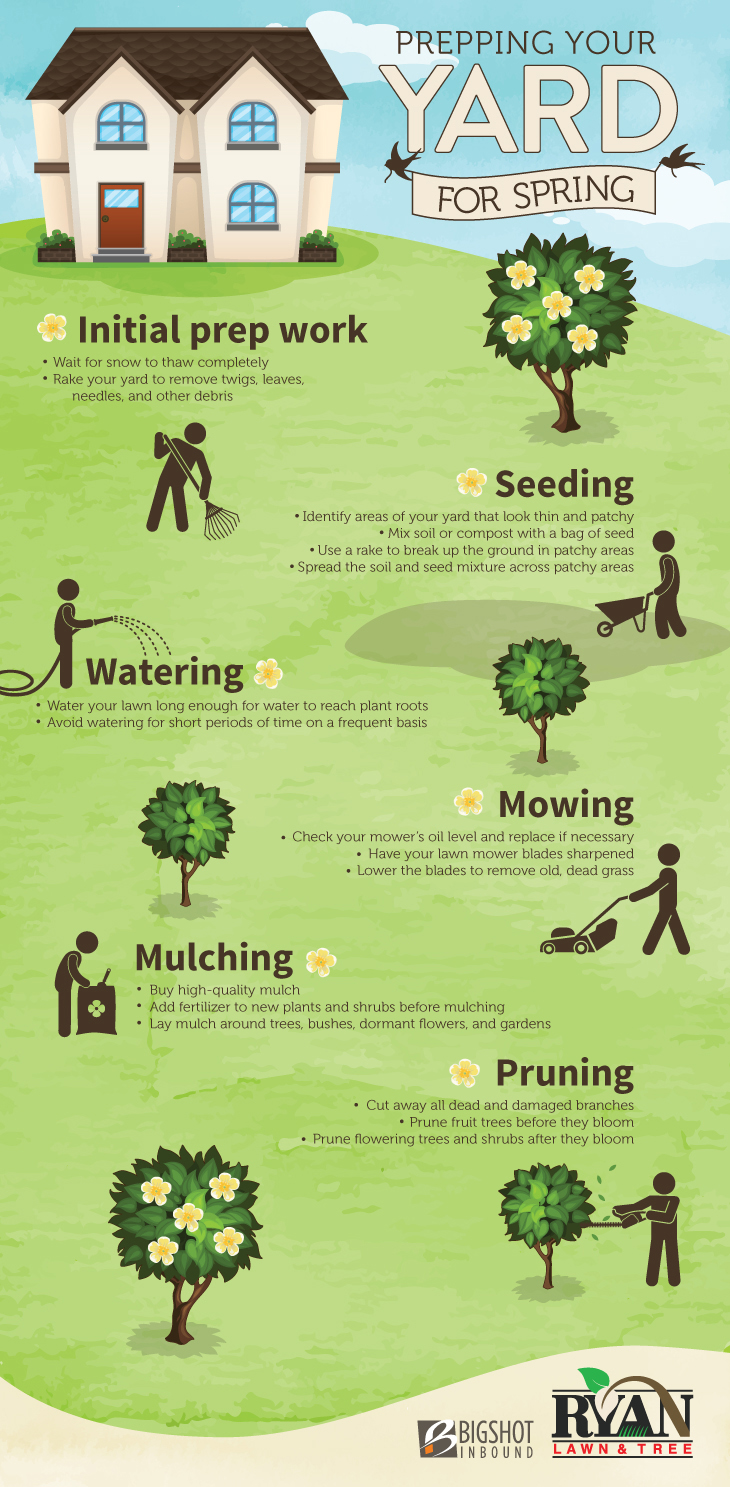Securing Your Landscape: Replanting After Tree Removal
Securing Your Landscape: Replanting After Tree Removal
Blog Article
Team Author-Hartley Garrett
Tree elimination can leave a void in your landscape that needs dental filling. You can grow something brand-new in that space, however it takes extra care and interest at the starting to assist it thrive.
The soil in that location will maintain altering with time as microorganisms break down the old origins. That can impact the nutrition equilibrium and physical space for new development.
Soil
The soil in a story where a tree has been removed is most likely to be extremely different from the remainder of your garden or backyard. https://www.colorado.edu/health/2020/08/25/5-tips-fall-semester of the old tree and the stump will certainly have changed the soil, getting rid of some nutrients and potentially crowding out other plants. In addition, if the previous tree was diseased, the contagious agent may still be in the ground.
The visibility of roots cultivates an abundant and varied area of dirt microbes that enhances important procedures like vitamins and mineral cycling and raw material decay. Without these microorganisms, the displaced soil can become much less fertile and nutrient-depleted, with an unfavorable impact on plant growth.
Prior to replanting, http://www.coronadonewsca.com/news/coronado_city_news/coronado-city-council-candidate-mike-donovan/article_da24d958-0758-11eb-95e8-9779043c2c47.html must be removed of particles and natural product (such as wood chips from stump grinding). You may desire to mix in potting dirt or native dust with this compost to provide your new planting with an environment that is well balanced and loaded with nutrients.
Water
Tree origins soak up huge amounts of water from the dirt. This procedure likewise adds nutrients back to the dirt, particularly nitrogen, which is necessary for new trees and plants. Sadly, old dirt can be diminished of these important minerals due to the rotting origins and stump from an eliminated tree.
This is why it is essential to have a prepare for the future of your landscape. Preferably, the most effective time to plant is when you have a fresh start.
Whether you're growing yard or blossoms, make sure to use a soaker tube to stay clear of overwatering your new landscape design. If the area was a garden, make sure to cover the soil with organic compost to help keep moisture in the soil, manage soil temperatures and suppress weeds. This also offers a layer of protection for young plants and promotes worm activity. Then, frequently replenish the mulch to proceed enhancing the soil nutrient thickness and microbial life. This is referred to as soil reconstruction.
Light
Trees are a fantastic enhancement to any type of landscape, providing shade, aesthetic pulchritude, and lots of other benefits. However, often trees become unpleasant because of a range of reasons, consisting of disease, pest invasions and natural aging.
In such cases, it may be essential to get rid of a tree. It is very important to take into consideration the value of a particular tree in your landscaping and take the appropriate actions to ensure that the removal is done safely and successfully.
Throughout the late summertime, it's an ideal time to carry out maintenance and evaluations on existing trees. Try to find indicators of illness, insect invasions, or structural damage, along with any possible hazards such as damaged or leaning trees.
Prior to beginning any construction jobs, be sure to secure the origin zones of existing trees by staying clear of dirt compaction and rating around them. Organic matter, as it breaks down, can create harmful gases that are detrimental to the roots of a tree. It's also a good idea to mulch the area around a tree after construction has actually ended up to conserve wetness and subdue weed growth.
Temperature
Trees are necessary to a landscape for their visual charm, but they also play an important role in the neighborhood ecological community by offering color and windbreaks. They sustain wild animals habitats and minimize the quantity of carbon dioxide in the air, which can contribute to global warming. This is why it is suggested to replant trees after removing one from the building.
When replanting a brand-new tree in the location of a previous stump, the dirt may not have sufficient nutrients to sustain it. It is best to wait on a year prior to planting to ensure that the dirt will be abundant in nutrients.
To make certain that replanted trees flourish, it is crucial to offer them with correct care. A layer of mulch will certainly keep dirt moisture from vaporizing, manage soil temperature level, and assistance reduce weeds. Organic compost is the favored option due to the fact that it boosts soil fertility. Continuous fertilizing and parasite control are likewise vital for replanted trees.